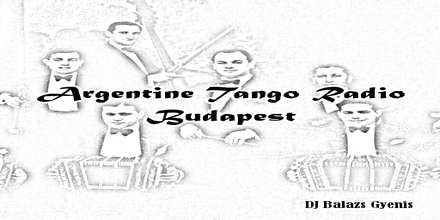Local music is a vibrant and diverse genre that encapsulates the unique sounds, stories, and cultural identities of specific regions around the world. Unlike global genres that often blend influences from multiple cultures, local music is deeply rooted in the traditions, languages, and histories of particular communities. This genre thrives on authenticity, often featuring instruments and musical techniques that have been passed down through generations.
In many parts of Africa, for example, local music reflects the rich tapestry of tribal customs and rituals. Traditional instruments like the kora, djembe, and balafon are integral to these sounds, creating rhythms and melodies that resonate with the natural environment and daily life of the people. Songs often tell stories of ancestors, nature, love, and community struggles, providing a deep connection to the past while addressing contemporary issues.
In Latin America, local music is equally diverse, ranging from the energetic rhythms of salsa in Cuba to the soulful melodies of bossa nova in Brazil. Each region has its unique blend of African, Indigenous, and European influences, resulting in a rich musical landscape. Instruments like the charango, quena, and bandoneón are commonly used, adding layers of complexity and depth to the music. Lyrics often explore themes of love, social justice, and national identity, reflecting the cultural and political landscapes of their respective countries.
In Asia, local music spans a wide array of styles and traditions. From the classical ragas of India to the traditional court music of Japan, each region has its distinct sound. Instruments like the sitar, tabla, and shamisen are central to these genres, producing intricate melodies and rhythms that have captivated audiences for centuries. Lyrics in local languages delve into philosophical, spiritual, and everyday experiences, offering a window into the rich cultural heritage of the region.
In Europe, local music often blends traditional folk tunes with modern influences, creating a unique fusion. In Ireland, for example, traditional instruments like the tin whistle, fiddle, and bodhrán are used to create lively jigs and reels that celebrate the country's Celtic heritage. In Eastern Europe, genres like klezmer and Balkan brass bands combine traditional melodies with improvisational elements, resulting in high-energy performances that showcase the region's vibrant cultural diversity.
Local music is not just about preserving traditions; it also evolves with time, incorporating modern elements to stay relevant. Artists often experiment with new sounds, blending traditional instruments with electronic beats or Western musical structures. This fusion creates a dynamic and ever-changing genre that appeals to both local audiences and global listeners.
The significance of local music extends beyond entertainment. It serves as a cultural ambassador, introducing the world to the unique identities and histories of various regions. Festivals, concerts, and workshops dedicated to local music help preserve these traditions while fostering cross-cultural exchange. Moreover, local music often plays a crucial role in community building, bringing people together through shared experiences and celebrations.
In an increasingly globalized world, local music stands as a testament to the enduring power of cultural heritage. It reminds us that despite our differences, we share a common humanity expressed through the universal language of music. Whether it's the haunting melodies of a traditional flute or the infectious rhythms of a modern dance track, local music offers a rich and diverse tapestry of sounds that celebrate the beauty and complexity of human expression.
 2.6k
2.6k
 1
Italy, Carpi Local music 192 kbps MP3
1
Italy, Carpi Local music 192 kbps MP3 2.5k
Turkey, Manisa Local music
2.5k
Turkey, Manisa Local music Radio Figurella LIFERadio Figurella LIFE
Radio Figurella LIFERadio Figurella LIFE 1.9k
Italy Local music
1.9k
Italy Local music








































